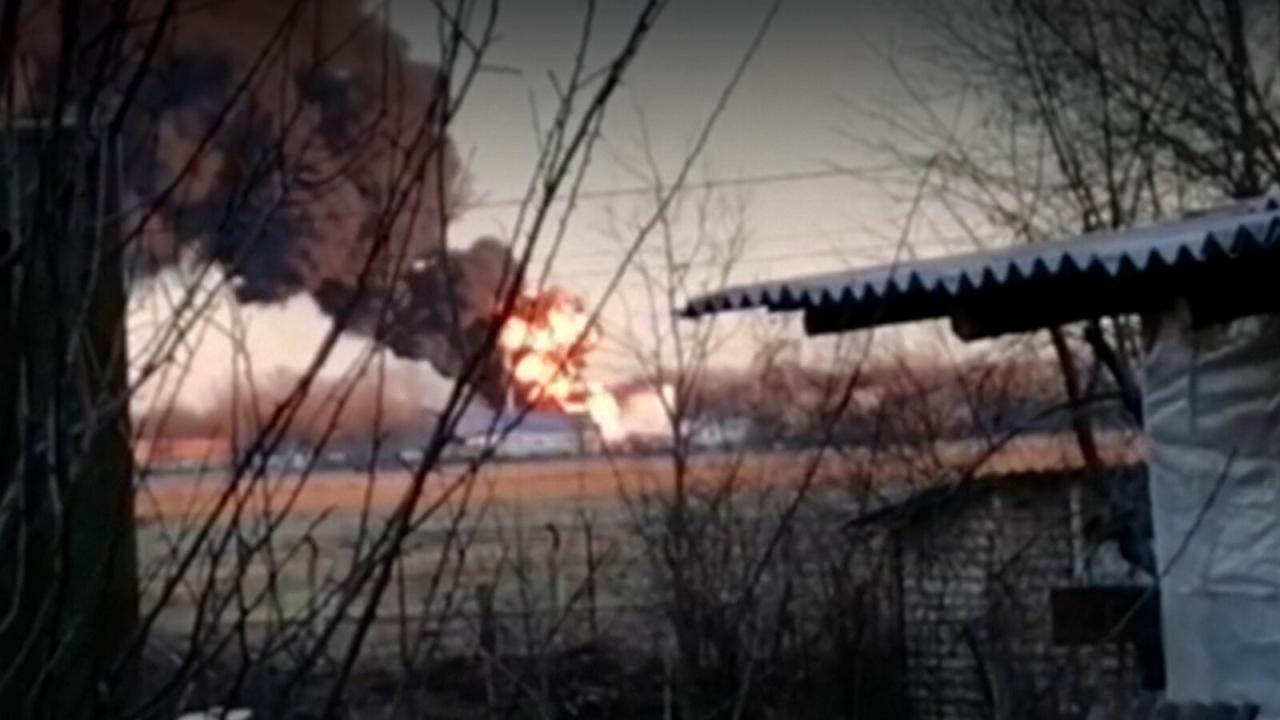Ukraine drone attack on russia – Ukraine drone attacks on Russia represent a significant escalation in the ongoing conflict. These attacks, utilizing a diverse range of unmanned aerial vehicles (UAVs), target military installations, infrastructure, and even symbolic locations deep within Russian territory. The frequency and sophistication of these operations raise crucial questions about the effectiveness of Russian defenses, the potential for further escalation, and the broader geopolitical implications of this evolving warfare dynamic.
This examination delves into the technological aspects, strategic objectives, and humanitarian consequences of this evolving conflict.
Recent drone attacks on Russian territory by Ukrainian forces highlight the evolving nature of modern warfare. The sophisticated technology involved in these attacks, from navigation systems to payload delivery, is a stark contrast to simpler surveillance applications, such as those offered by the cobequid pass camera , which provides a fascinating glimpse into the potential of drone technology for monitoring landscapes.
Ultimately, the Ukrainian drone strikes underscore the increasing reliance on unmanned aerial vehicles in geopolitical conflict.
The use of drones offers Ukraine a relatively low-cost, high-impact asymmetric warfare capability. Analysis of the attacks reveals patterns in targeting, frequency, and the types of drones employed, shedding light on Ukraine’s evolving strategy and the challenges faced by Russia in countering this new threat. Furthermore, the international community’s response, ranging from condemnation to cautious observation, highlights the complex legal and political ramifications of this unconventional warfare.
Ukrainian Drone Attacks on Russia: Ukraine Drone Attack On Russia
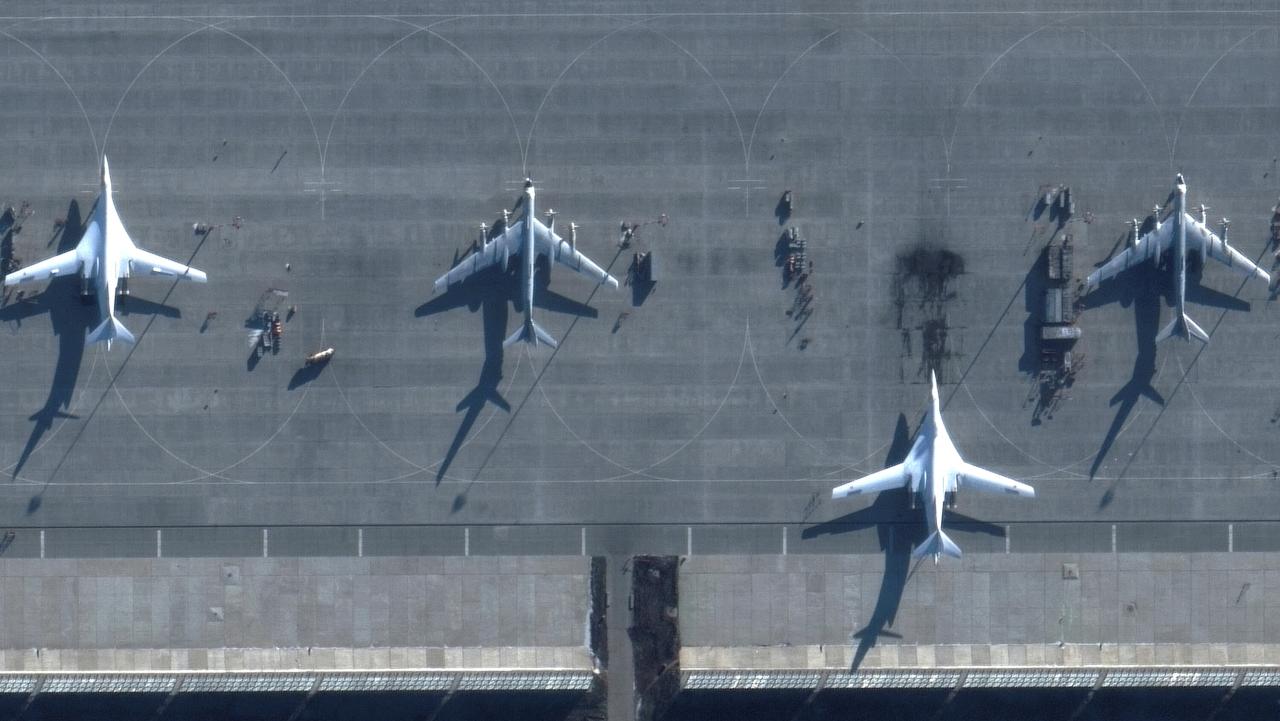
The use of drones in the ongoing conflict between Ukraine and Russia represents a significant shift in military tactics and strategic considerations. These attacks, while seemingly small-scale, have considerable implications for the conflict’s trajectory, international relations, and the future of warfare. This analysis delves into various aspects of these attacks, examining the types of drones employed, their targets, the frequency and patterns of deployment, and the broader consequences.
Types of Drones Used in Attacks
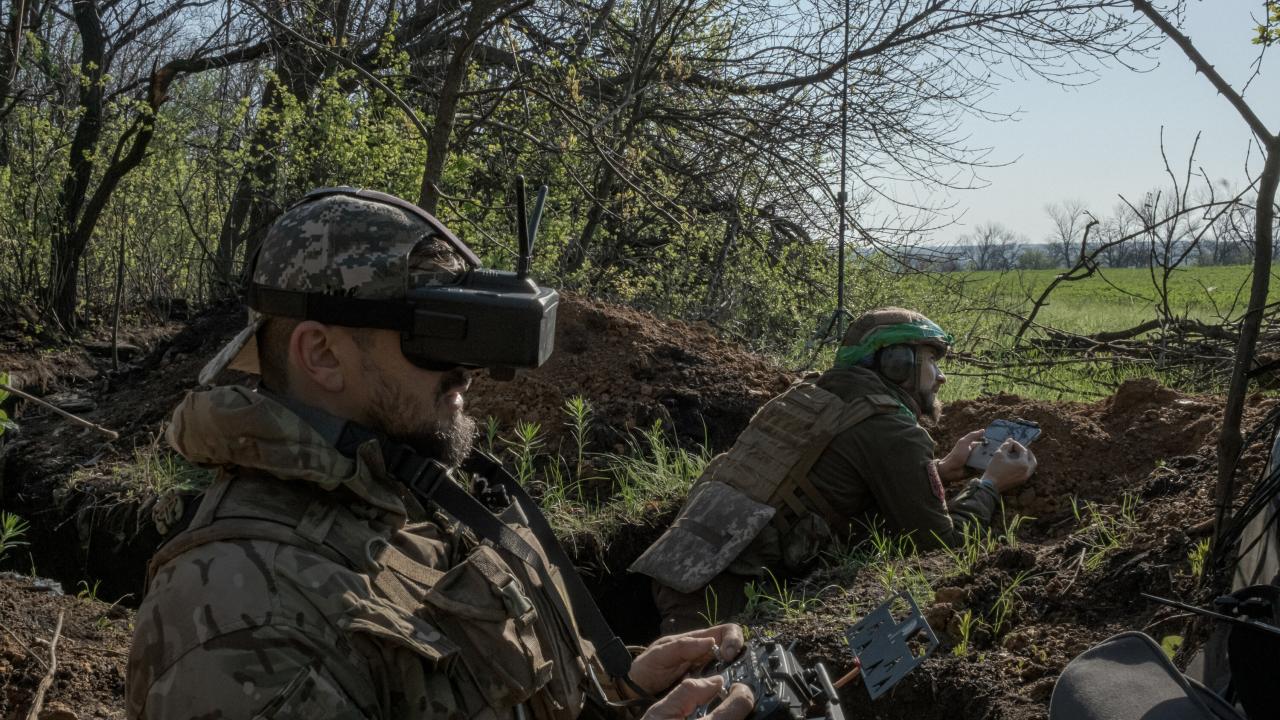
Ukraine has employed a diverse range of drones in its attacks against Russia, leveraging both commercially available models and potentially those modified or supplied by allies. The effectiveness of each type varies based on its capabilities, range, and vulnerability to countermeasures. The most commonly reported drones include modified commercial quadcopters, smaller fixed-wing UAVs for reconnaissance and potentially some attacks, and potentially larger, longer-range drones capable of carrying heavier payloads.
| Drone Type | Range (Approximate) | Payload Capacity (Approximate) | Known Weaknesses |
|---|---|---|---|
| Modified Commercial Quadcopter | Up to 10 km | Small explosives, incendiary devices | Vulnerable to electronic warfare, limited range, easily detected |
| Small Fixed-Wing UAV | Up to 50 km | Small explosives, reconnaissance equipment | Susceptible to air defenses, limited payload, relatively fragile |
| Larger, Longer-Range UAV (Potential) | 100+ km | Larger explosives, potentially heavier payloads | More sophisticated countermeasures required, higher cost, more complex operation |
Targets of Drone Attacks
Ukrainian drone attacks have targeted a variety of assets within Russian territory. The strategic significance of these targets varies, reflecting a multifaceted approach to disrupting Russian military operations and potentially impacting morale.
- Military Installations: Attacks on air bases, military depots, and other military facilities aim to degrade Russia’s military capabilities and disrupt logistical networks.
- Infrastructure: Targeting oil refineries, power grids, and transportation infrastructure seeks to disrupt the Russian economy and impact civilian life, creating pressure on the Russian government.
- Symbolic Targets: Attacks on less strategically important targets may aim to demonstrate Ukrainian capabilities, boost morale, and potentially influence international perception.
The impact of these attacks on Russian military operations and civilian life is a complex issue. While the direct physical damage may be limited in some instances, the psychological effect, disruption of logistics, and the cost of repairs and countermeasures can be substantial.
Frequency and Patterns of Attacks
The frequency of Ukrainian drone attacks on Russia has fluctuated over time, potentially influenced by factors such as weather conditions, the availability of drones, and the effectiveness of Russian countermeasures. There appears to be a pattern of increased activity during periods of heightened military activity in Ukraine itself.
The geographic distribution of these attacks has been relatively concentrated in regions bordering Ukraine, with a few exceptions further inland. A comprehensive timeline of attacks would require access to classified intelligence data, but publicly available reports suggest a steady increase in the number and range of these attacks.
Russian Response to Drone Attacks
Russia has employed a variety of methods to counter Ukrainian drone attacks, ranging from electronic warfare to air defenses and potentially the deployment of specialized anti-drone units. The effectiveness of these measures has been debated, with reports suggesting varying degrees of success.
- Electronic Warfare: Jamming signals to disrupt drone control and navigation.
- Air Defenses: Deploying anti-aircraft systems to shoot down drones.
- Anti-Drone Systems: Utilizing specialized systems designed to detect, track, and neutralize drones.
Comparing Russia’s response to drone attacks with its response to other forms of attack shows a clear focus on adapting its defenses to this emerging threat. The relatively high number of successful drone attacks, however, suggests that Russia’s countermeasures are not entirely effective.
International Implications
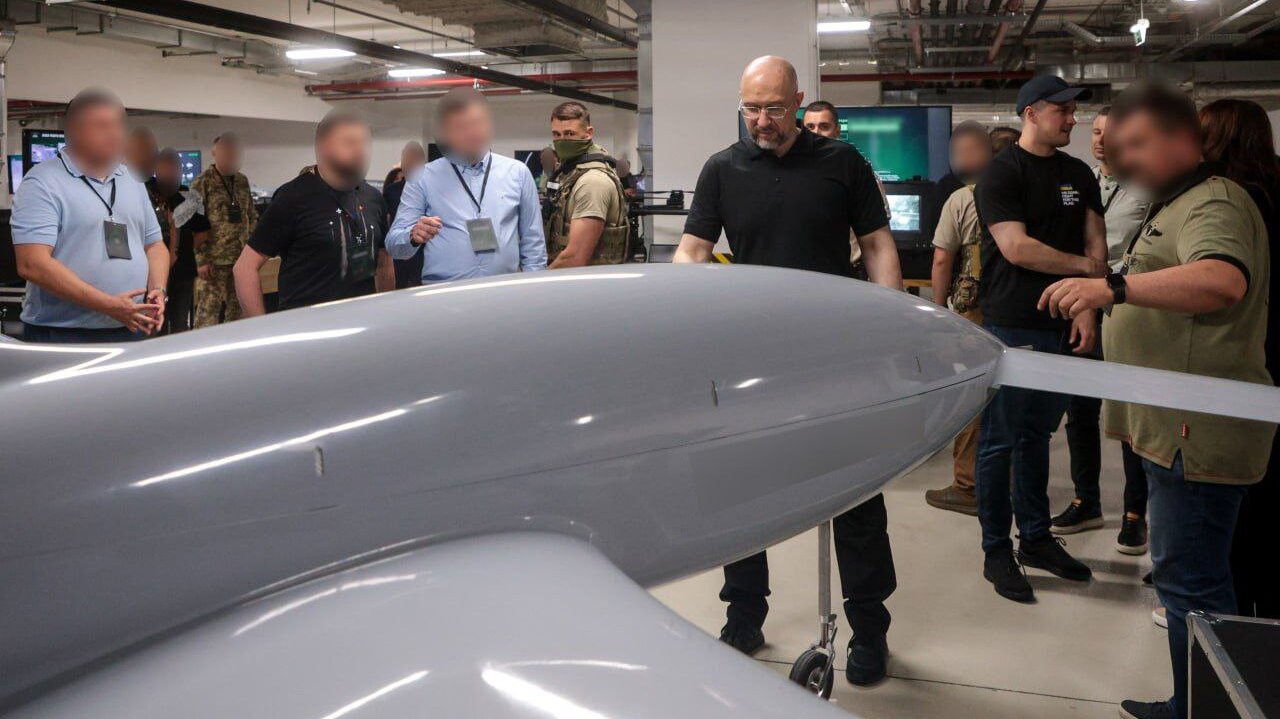
The international legal and political ramifications of these drone attacks are complex. The attacks raise questions about the laws of war, sovereignty, and the potential for escalation.
International reactions have varied. Some countries have expressed concern about the attacks and called for restraint, while others have remained largely silent or offered tacit support for Ukraine’s actions. The potential for escalation is a significant concern, as these attacks could trigger a broader military response from Russia.
Technological Aspects of the Attacks
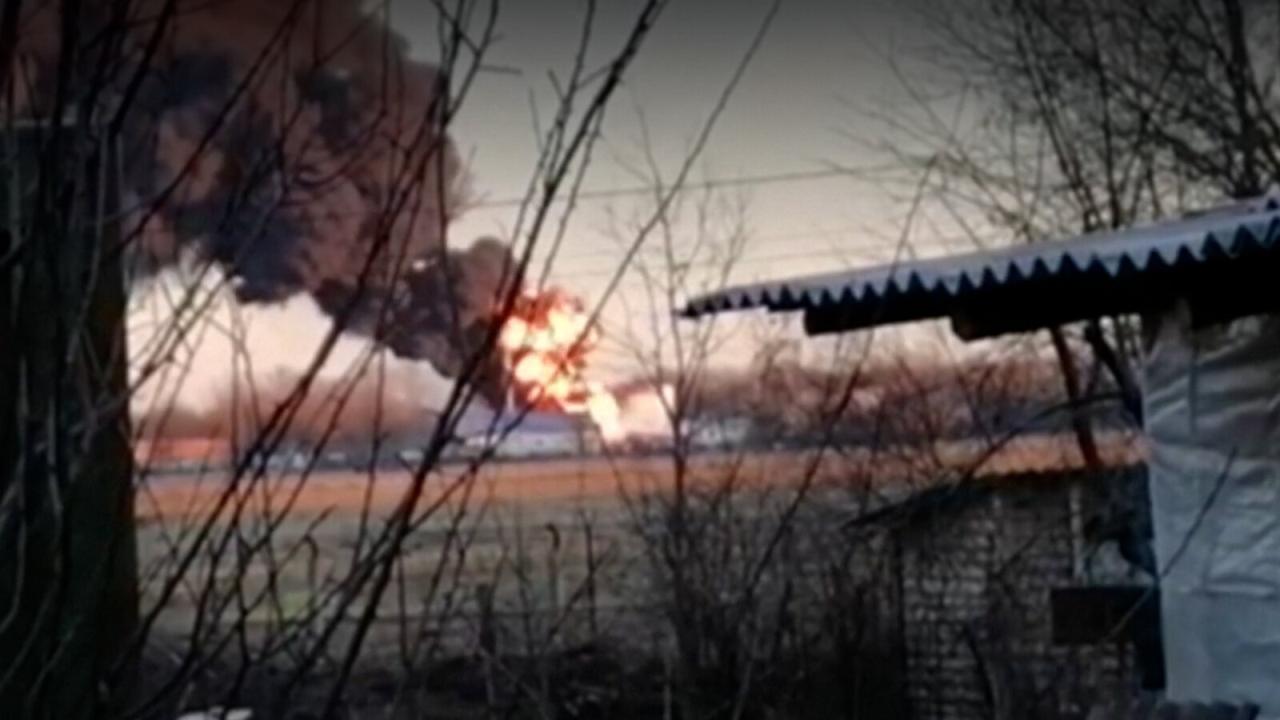
The drone attacks highlight significant technological advancements in both drone technology and countermeasures. The use of increasingly sophisticated drones with longer ranges and greater payload capacities reflects the ongoing development of UAV technology.
Similarly, Russia’s countermeasures are evolving, indicating a technological arms race in this domain. A hypothetical future drone attack might involve swarms of smaller, cheaper drones coordinated using AI, requiring new and more effective countermeasures like AI-driven defense systems and advanced electronic warfare capabilities.
Recent Ukrainian drone attacks on Russian territory have highlighted the increasing sophistication and potential risks associated with unmanned aerial vehicles. This raises concerns about safety protocols, not only in military contexts but also in civilian applications, such as spectacular drone light shows. For instance, a recent drone show accident underscored the need for rigorous safety measures and operator training, lessons which are equally relevant to the development and deployment of military drones used in conflicts like the ongoing war in Ukraine.
Humanitarian Consequences
While the primary targets of the drone attacks are military and infrastructural assets, there is potential for collateral damage affecting civilian populations. Reports of civilian casualties and damage to civilian infrastructure are rare, but the potential for such incidents remains a serious concern.
The long-term humanitarian challenges arising from these attacks could include displacement, economic hardship, and psychological trauma for affected communities. Continued monitoring and investigation are crucial to assess the full humanitarian impact of these attacks.
Propaganda and Information Warfare, Ukraine drone attack on russia
Both Ukraine and Russia actively engage in propaganda and information warfare surrounding the drone attacks. Ukraine often highlights the effectiveness of its drone program to bolster morale and demonstrate its resilience, while Russia downplays the impact of the attacks and emphasizes its defensive capabilities.
Recent drone attacks on Russia by Ukraine highlight the evolving nature of modern warfare. The sophisticated technology involved is a stark contrast to the more entertainment-focused applications, such as those showcased at the impressive orlando drone show , which demonstrates the diverse potential of drone technology. However, the unsettling reality is that these same technological advancements are being used in conflict, raising significant ethical and security concerns regarding Ukraine’s drone operations.
These narratives shape international perceptions of the conflict, influencing public opinion and potentially affecting international support for both sides. The ability to control the narrative surrounding these attacks plays a significant role in the overall information landscape of the conflict.
The ongoing Ukrainian drone attacks on Russia mark a turning point in the conflict, showcasing the evolving nature of modern warfare and the strategic advantages of unmanned aerial systems. While the effectiveness of these attacks remains a subject of ongoing debate, their impact on Russian military operations, civilian morale, and the international political landscape is undeniable. Understanding the technological advancements, strategic motivations, and humanitarian consequences of these attacks is crucial for comprehending the future trajectory of the conflict and the implications for international security.
Questions Often Asked
What is the long-term strategic goal of Ukraine’s drone attacks?
The long-term strategic goals are multifaceted and likely include weakening Russian military capabilities, disrupting supply lines, undermining morale, and potentially forcing concessions at the negotiating table. However, the ultimate objective remains a matter of ongoing debate and analysis.
How does Russia’s response compare to other nations’ responses to drone attacks?
Russia’s response is complex and involves various layers of defense. While some aspects are comparable to other nations’ approaches (e.g., electronic warfare, air defenses), the scale and nature of the attacks, coupled with the geopolitical context, make it a unique situation.
What international laws govern the use of drones in this conflict?
The legal framework governing the use of drones in armed conflict is complex and contested. International humanitarian law (IHL) applies, requiring adherence to principles of distinction, proportionality, and precaution. However, the application of these principles in the context of drone warfare is subject to ongoing debate and interpretation.
